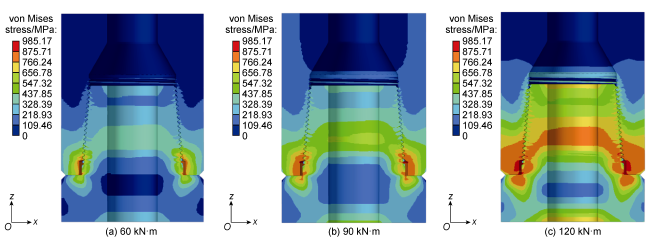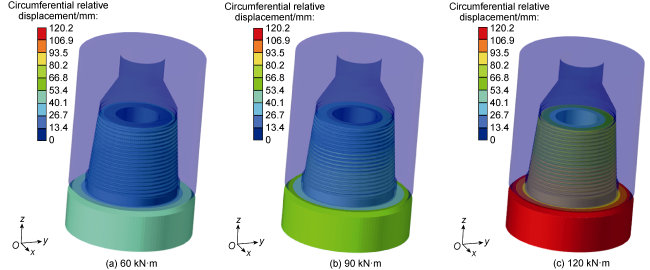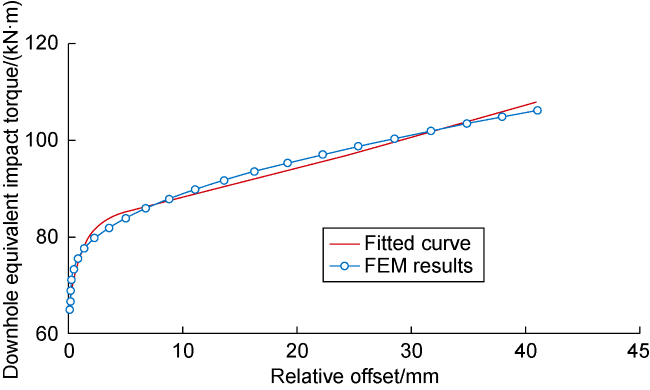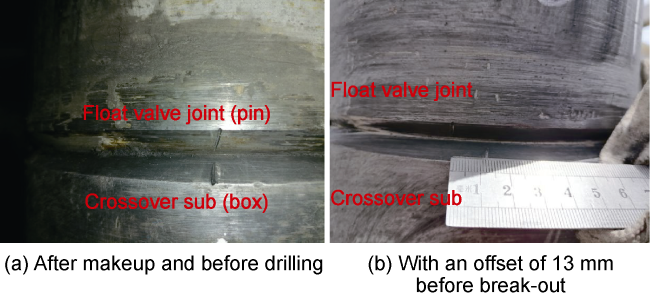During the drilling process of ultra-deep and extra-deep wells, the drill string with extremely large slenderness ratio operates in extreme working environment with huge axial force, high torque, high temperature and high pressure. It is also constrained by the narrow and long wellbore, resulting in complex vibration characteristics. This poses serious challenges to both the safety and efficiency of drilling
[3⇓⇓-6]. The failure issues caused by drill string vibration have long been a focus of attention, with scholars around the world conducting in-depth researches on the dynamics characteristics of drill strings using various methods. Jansen
[7] studied the whirl features of the bottom hole assembly (BHA) by using a concentrated mass model. Building upon this work, Di et al.
[8] investigated the mechanism of pre-bending dynamic vertical and fast drilling technology, and analyzed the effects of weight on bit (WOB), surface rotation speed of drill string, and structural parameters of the BHA on the dynamic lateral force on the drill bit. Dykstra
[9] developed a finite element model of drill string dynamics based on Hamilton's principle, considering the geometric and contact nonlinearities. Then the static solution, dynamic steady-state solution and transient solution of drill string were calculated respectively. Similarly, Zhu et al.
[10] established a three-dimensional finite element model to study the dynamics of drill string in the full hole, and utilized the Wilson-θ stepwise integration to investigate large-scale nonlinear systems with uncertainties and dynamic boundaries. Hu et al.
[11] established a finite element model based on spatial curved beam units to analyze the dynamics of a drill string over 7 000 m. Cheng et al.
[12] established a multi-body dynamics model of drill string system based on the absolute nodal coordinate method, enabling the simulation of downhole dynamics characteristics such as viscous sliding, whirling, dynamic buckling and skipping of drill string. With the development of drill string vibration research and measurement technology, new vibration phenomena, such as high-frequency torsional oscillation, and new failure modes, such as electronic component failures continue to emerge
[13⇓⇓-16], necessitating further expansion of drill string dynamic research to meet the safety requirements of practical drilling engineering.












